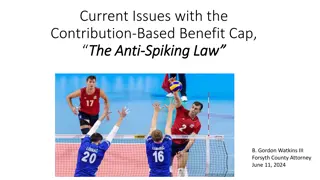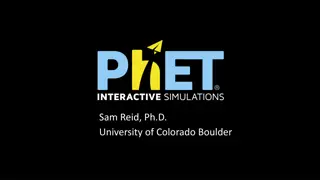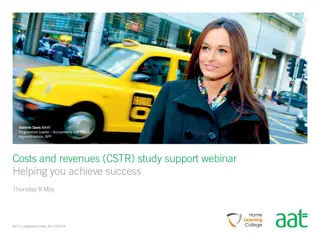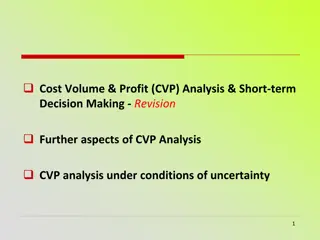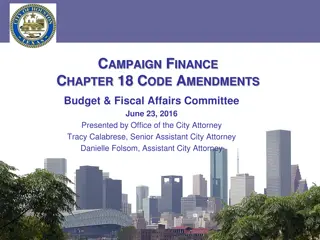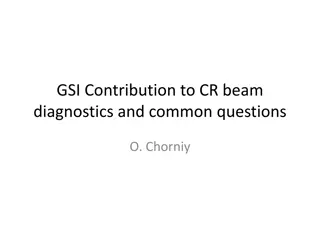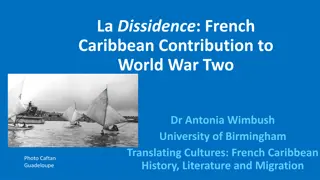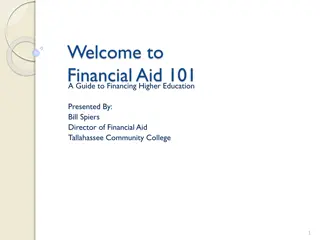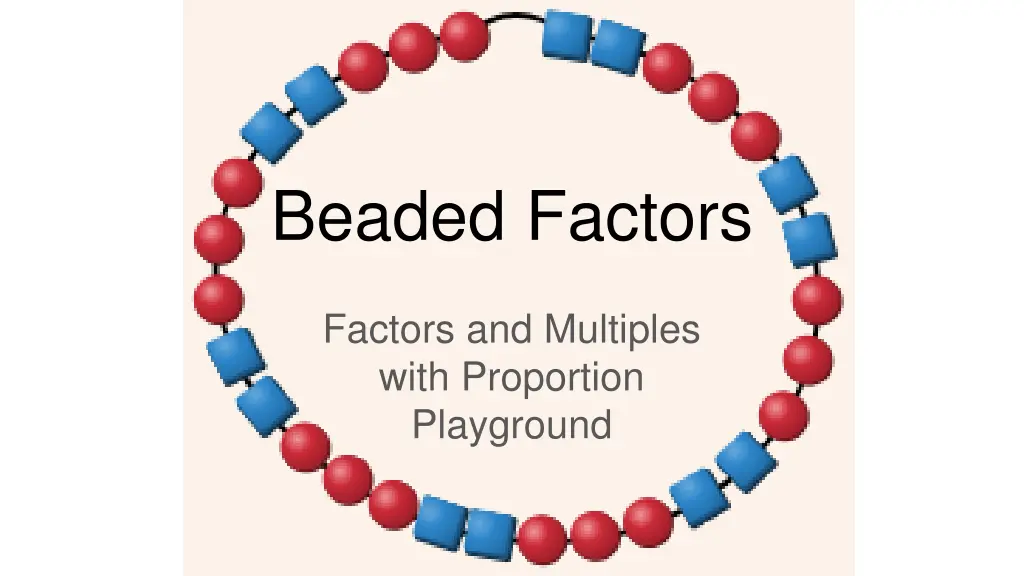
Explore Beaded Factors and Multiples for Patterns
"Engage in activities to find greatest common factor (GCF) and least common multiple (LCM), predict patterns using factors and multiples, and explore the relationship between GCF and LCM. Activity sheets and discussions encourage learning through hands-on experiences."
Download Presentation

Please find below an Image/Link to download the presentation.
The content on the website is provided AS IS for your information and personal use only. It may not be sold, licensed, or shared on other websites without obtaining consent from the author. If you encounter any issues during the download, it is possible that the publisher has removed the file from their server.
You are allowed to download the files provided on this website for personal or commercial use, subject to the condition that they are used lawfully. All files are the property of their respective owners.
The content on the website is provided AS IS for your information and personal use only. It may not be sold, licensed, or shared on other websites without obtaining consent from the author.
E N D
Presentation Transcript
Beaded Factors Factors and Multiples with Proportion Playground
Warm-Up 1) Find the greatest common factor (GCF) and least common multiple (LCM) of each number pair. GCF LCM 9 and 6 12 and 8 1) Create a pair of numbers that have 5 as their greatest common factor. Can you create more than one pair?
Learning Targets I can use factors and multiples to predict patterns. (Advanced) I can explain the relationship between the GCF and LCM of two numbers
Explore Take 5 minutes to explore the sim. What can you do? What do you notice? https://phet.colorado.edu/sims/html/pr oportion-playground/latest/proportion- playground_en.html
Activity Sheet Directions Work with a partner Be sure to pause and discuss with your partner when you see Part A: Use Part B: Use
Discussion How did you predict the patterns and the number of repeats? For example, how would you predict the pattern and number of repeats for 18 red and 24 blue beads? If you want a pattern that does not repeat, what must be true about the number of red and blue beads?
Discussion (Part 2) Dan s prediction: Dan is making a prediction for the number of beads shown. The pattern will be and will repeat 2 times. Do you agree with Dan? Why or why not?
Discussion (Part 3) What did you discover in #7 (the challenge)?
Exit Ticket A teacher has a class of 12 native Spanish speakers and 16 non-Spanish speakers. She would like to break up the class into groups such that each group has an equal number of Spanish speakers, and each group has the same total size. 1) List at least two different ways the teacher can make groups. ___ groups with ___ Spanish speakers and ____ non-Spanish speakers in each group ___ groups with ___Spanish speakers and ____ non-Spanish speakers in each group 2) The maximum number of groups the teacher can create is ______ groups because ___________________________________________________________________ ___________________________________________________________________




